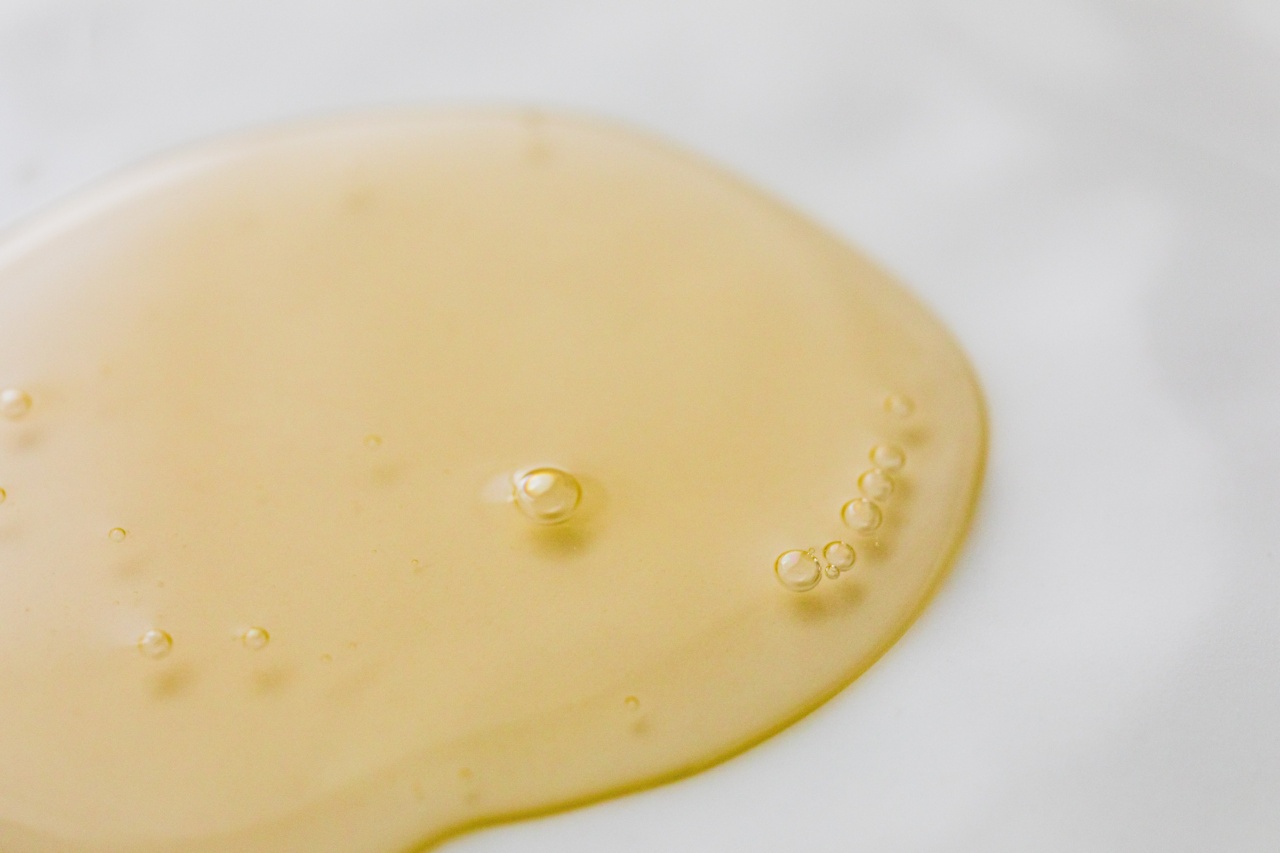Experiencing fluid discharge from the nipple can be very alarming. Although this is not uncommon, especially for women, the presence of an abnormal nipple discharge could be an indication of an underlying medical condition.
This article will discuss what abnormal fluid from the nipple could mean, the different types of nipple discharge, and what you should do if you experience unusual secretions from your breasts.
Types of nipple discharge
Before delving into abnormal nipple discharge, it is important to understand the normal types of nipple discharge and what could be considered abnormal. Generally, nipple discharge can be classified into two types:.
Physiological discharge
This is the most common type of nipple discharge, and it is often considered normal.
Physiological discharge occurs in women who are still reproductive and breastfeeding, and it is characterized by a white or milky fluid, which is usually thin and watery. This type of discharge occurs when the mammary glands are stimulated, for example during breastfeeding, sexual activity, and when warm temperatures cause sweating in the breast area.
Pathological discharge
Pathological discharge is usually an indication of a medical condition. It may be accompanied by other symptoms such as pain and swelling. In this case, the discharge could be yellow, green, red, brown, and sometimes bloody.
Pathological discharge can be caused by various factors, including:.
Causes of pathological nipple discharge
Infection
An infection in the breast can result in the secretion of pus from the nipple. The presence of bacteria in the breast tissue can cause inflammation, which may result in the production of pus, which is a thick yellow or green discharge.
Benign breast conditions
Certain non-cancerous conditions in the breast can also cause abnormal nipple discharge. These conditions include fibrocystic breasts, which are characterized by the presence of cysts in the breast tissue.
When these cysts rupture, they can result in the discharge of thick fluid from the nipple.
Hormonal imbalances
Another cause of abnormal nipple discharge is hormonal imbalances. This is particularly true for women who are in their menopausal stage or those who have undergone hormonal therapy.
Hormonal imbalances can cause the production of thick, sticky fluid from the nipples.
Breast cancer
Although rare, nipple discharge can also be caused by breast cancer. In this case, the discharge is usually bloody, and it may only affect one breast.
Women with breast discharge who have a family history of breast cancer, or who have other breast cancer risk factors, should consider going for a breast cancer screening test to rule out the possibility of cancer.
When should you see a doctor?
If you experience any of the following symptoms, you should see a doctor as soon as possible:.
- Breast pain
- Swelling or lumps in the breast area
- Redness or skin changes in the breast area
- Nipple changes, such as inversion or discharge
- Fever and chills
- Bloody or milky discharge from the nipple
These symptoms may indicate an underlying medical condition, and it is important to seek medical attention as soon as possible.
Diagnostic tests for abnormal nipple discharge
If you experience abnormal nipple discharge, your doctor may recommend certain tests to determine the underlying cause. These tests may include:.
- Mammogram
- Ultrasound
- MRI
- Nipple discharge examination
- Biopsy (if cancer is suspected)
Treatment options for abnormal nipple discharge
The treatment for abnormal nipples depends on the underlying cause. In the case of infection, antibiotics may be prescribed to treat the underlying infection. If the discharge is due to hormonal imbalances, hormonal therapy may be recommended.
In some cases, surgery may be required to remove the affected breast tissue.
Conclusion
Nipple discharge can be normal or abnormal, depending on the type of discharge. While normal nipple discharge is usually not a cause for concern, abnormal secretions could indicate an underlying medical condition.
If you experience abnormal nipple discharge, it is important to see your doctor for a proper diagnosis and treatment.






















